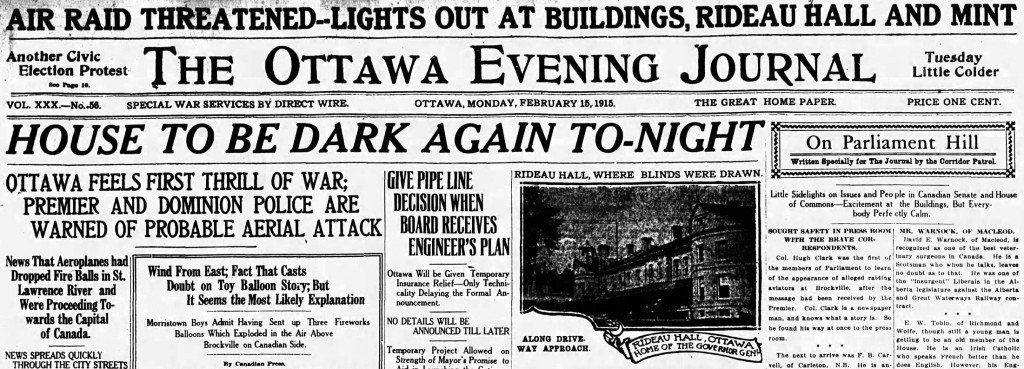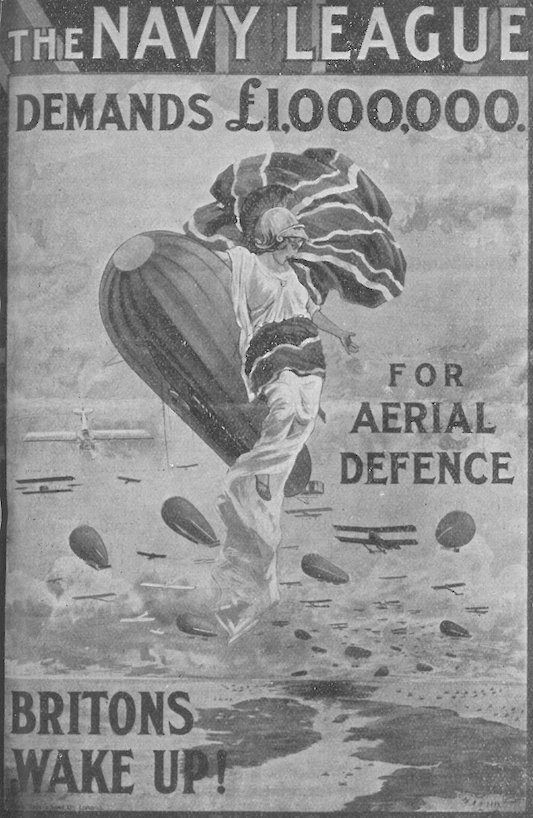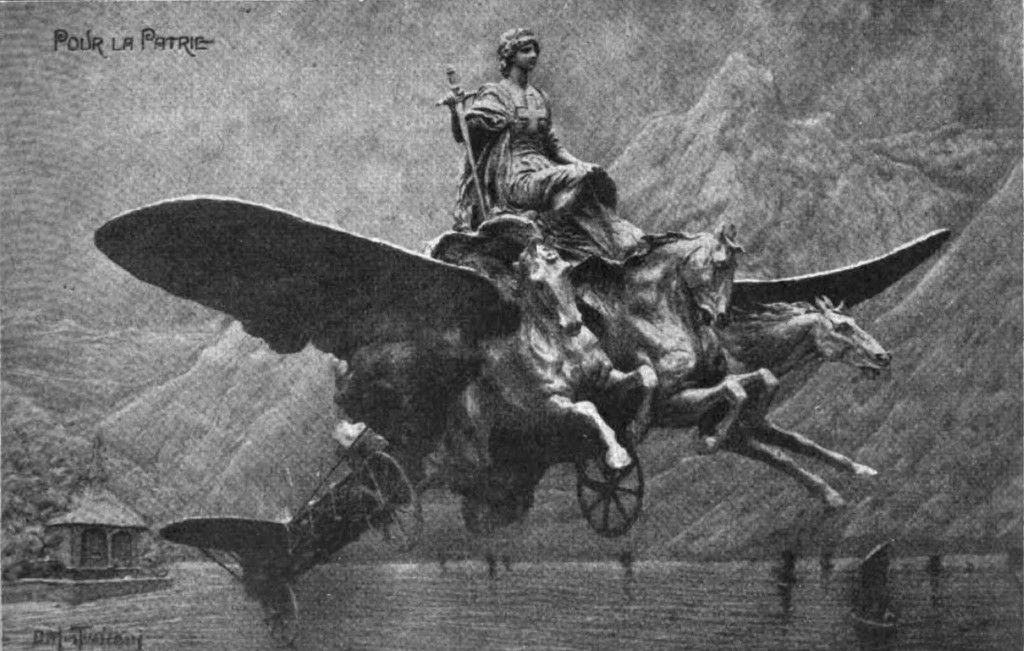The aerial theatre
Under the terms of an agreement made in 1909 between the three main British aviation bodies, the Aeronautical Society of Great Britain concentrated on ‘the scientific phases of the movement’, the Aero Club of the United Kingdom was responsible for ‘sporting and social aspects’, and the Aerial League of the British Empire, the one I’m […]




